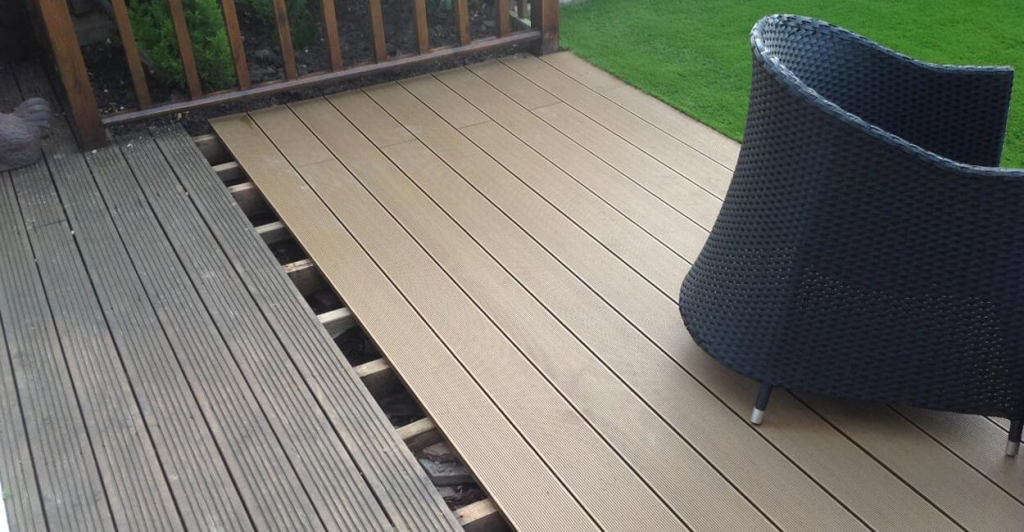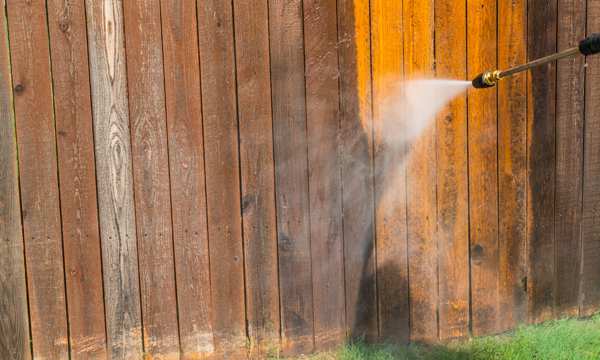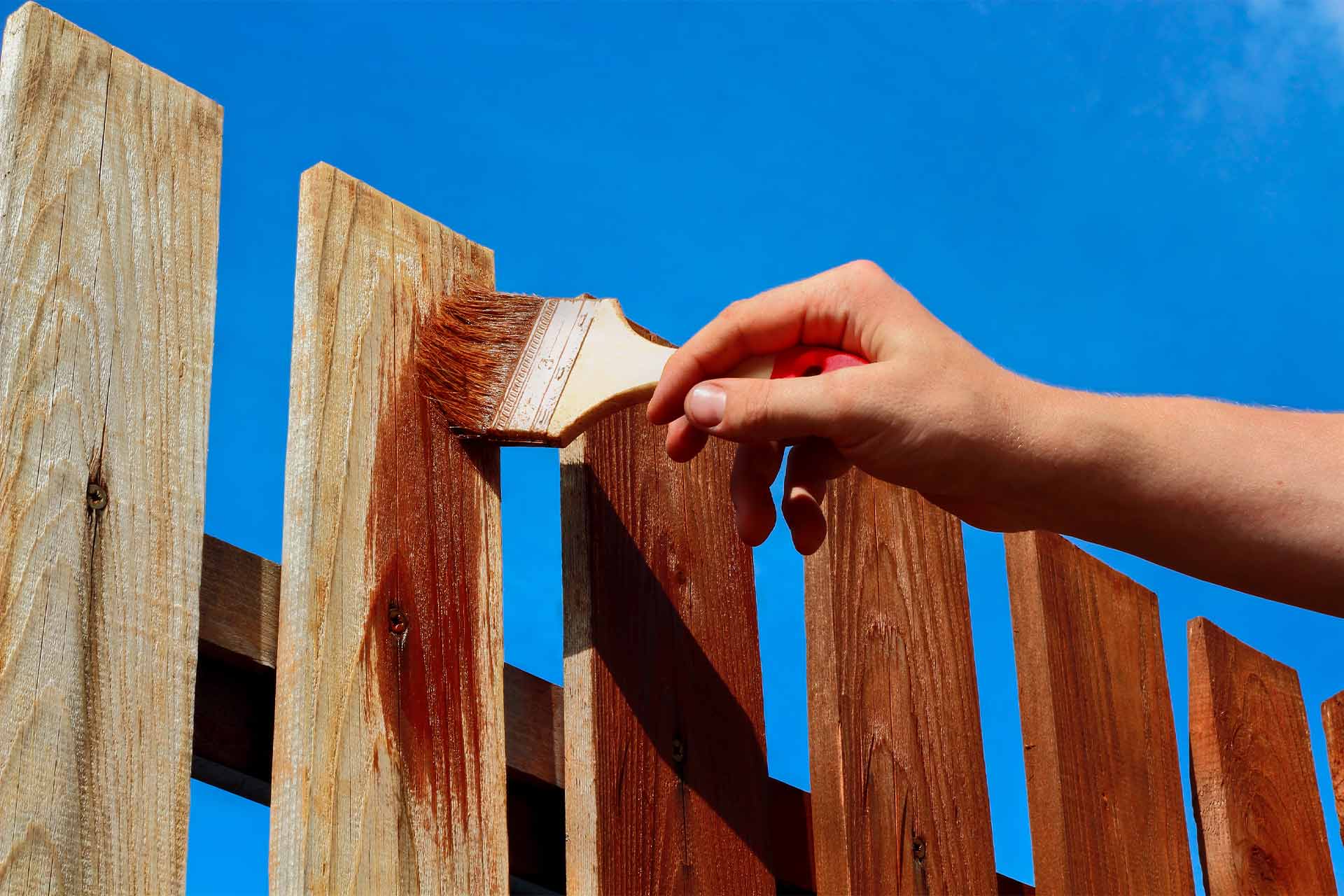When it comes to creating a stunning outdoor space, decking is often the go-to choice. It not only adds aesthetic appeal but also provides a functional area for relaxation and entertainment. However, when considering decking options, cost is a crucial factor that cannot be ignored. Many people wonder whether composite decking or traditional timber decking is the more budget-friendly choice. In this article, we will explore the cost comparison between composite and timber decking, taking into account both initial expenses and long-term maintenance. By the end, you’ll have a clear understanding of which option offers better value for your hard-earned money.

The Initial Cost of Timber Decking
Timber decking has long been favoured for its natural beauty and affordability. When compared to composite decking, timber typically has a lower initial cost, especially if softwood varieties like pine or spruce are used. Softwood is readily available and less expensive than hardwood alternatives such as teak or cedar.
However, it’s essential to consider the additional expenses that can arise with timber decking in the long run. Without proper maintenance, timber can deteriorate over time due to exposure to the elements. Let’s dive deeper into what these maintenance requirements entail.
Regular Treatments: Sealant and Varnish
To keep timber decking watertight and protected from moisture damage, regular treatments of sealant or varnish are necessary. This ensures that water doesn’t seep into the wood and cause swelling or rotting. Typically, these treatments need to be applied annually or biannually depending on the climate you live in.
While sealants and varnishes aren’t overly expensive on their own, the costs can add up over time. Additionally, applying these treatments requires effort and time investment on your part or hiring professionals for the job.
Mold and Rot Prevention
Another concern with timber decking is its susceptibility to mold growth and rotting. To prevent these issues, regular treatments with anti-fungal solutions are required. These treatments help maintain the structural integrity of the deck and prolong its lifespan.
The cost of anti-fungal treatments, although not exorbitant, should be factored in when considering the total expense of timber decking. Moreover, the time and effort spent on applying these treatments periodically should also be taken into account.

The Long-Term Cost Effectiveness of Composite Decking
While composite decking may have a higher initial price tag than timber, it boasts significant long-term cost savings. This is primarily due to its low maintenance requirements and exceptional durability.
Minimal Maintenance Needs
One of the most appealing aspects of composite decking is its minimal maintenance needs. Unlike timber, composite boards don’t require regular sealing, varnishing, or anti-fungal treatments. They are designed to resist moisture, mold, rot, and insect infestations.
To keep your composite deck looking its best, all that’s usually required is occasional cleaning with soap and water or a gentle pressure wash. This simplicity saves you both time and money in the long run compared to the ongoing maintenance demands of timber decking.
Extended Lifespan
Composite decking materials are engineered to withstand harsh weather conditions while maintaining their structural integrity for many years. Unlike timber that can warp or splinter over time if not properly cared for, composite boards retain their shape and strength throughout their lifespan.
The extended lifespan of composite decking translates to reduced replacement costs in the future. While timber decks may need refurbishment or complete replacement after a certain number of years, composite decks can last significantly longer with proper care.
Environmental Considerations
Apart from financial factors, it’s important to consider environmental implications when choosing between composite and timber decking options.
Sustainability Concerns
Timber decking raises concerns about deforestation and sustainable sourcing practices. It’s crucial to ensure that any wood used for your deck comes from responsibly managed forests certified by organizations like the Forest Stewardship Council (FSC).
On the other hand, composite decking is often made from recycled materials and utilizes sustainable manufacturing processes. By opting for composite, you can contribute to reducing waste and promoting a greener future.
Energy and Water Usage
When it comes to maintenance, timber decking requires more energy and water resources due to the regular treatment processes involved. In comparison, cleaning composite decking is a relatively low-energy and water-efficient task.
Considering the environmental impact of your decking choice is essential for those who prioritize sustainability in their lifestyle.
Conclusion
While timber decking may have a lower initial cost, it’s important to weigh the long-term expenses associated with its maintenance. The need for regular treatments, such as sealant, varnish, and anti-fungal solutions, adds up both financially and in terms of effort required. Composite decking offers an attractive alternative with minimal maintenance needs and exceptional durability. Although it may require a higher upfront investment, its long-term cost-effectiveness makes it a worthy choice.
Additionally, by choosing composite decking made from recycled materials, you can contribute to a more sustainable future. So when considering your options for creating a stunning outdoor space, don’t overlook the value that composite decking brings to both your wallet and the environment.








